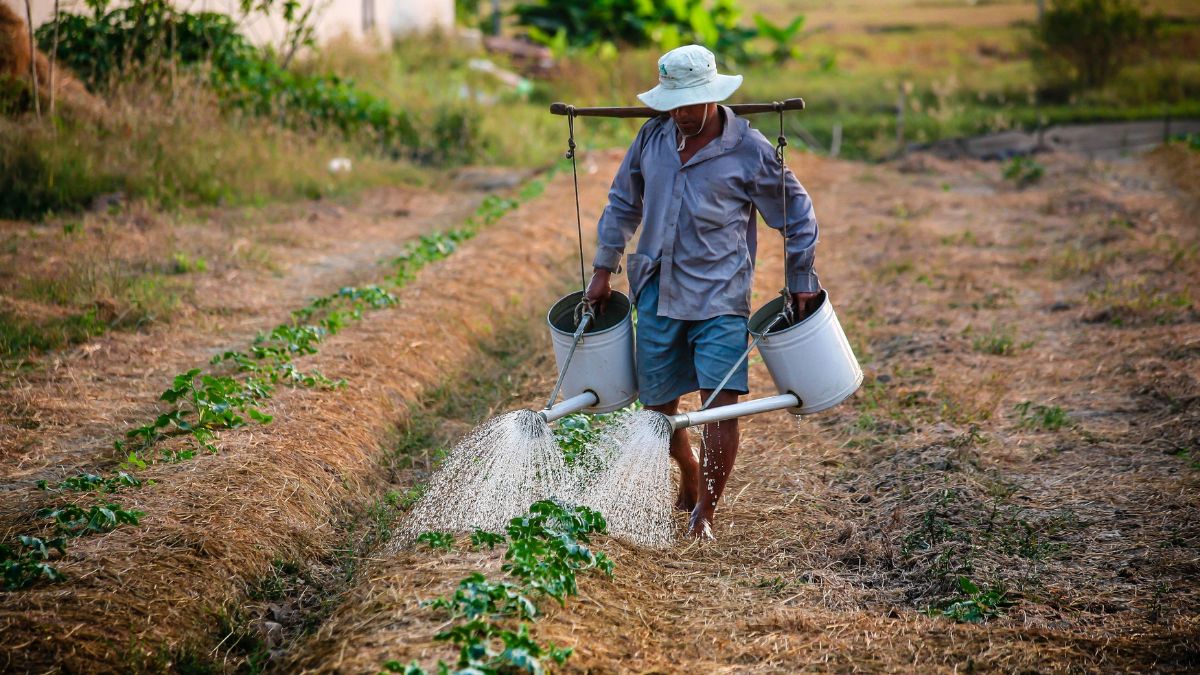- By Imran Zafar
- Wed, 02 Aug 2023 10:03 PM (IST)
- Source:JND
Bihar's Jamui district witnessed a continuous decline in rainfall for the last 18 years, affecting the agriculture and livelihood of the people in the region. According to the District Agriculture Office, the district received less than normal rainfall in 15 years in June and 13 years in July since 2006.
The situation is alarming for paddy cultivation, which is the main crop of the district. Agricultural scientists have suggested finding new crop cycles and shifting to coarse cereals and short-duration pulses to cope with the rainfall deficit.
The normal rainfall of the district in June is 164.50 mm, but it was achieved only in three years 2006, 2011 and 2021. The normal rainfall in July is 292.10 mm but it was achieved only in five years 2006, 2007, 2014, 2016 and 2017.
The rainfall in August and September has also been erratic. The normal rainfall in August is 272.80 mm but it was achieved only in four years 2009, 2011, 2016 and 2018. The normal rainfall in September is 222.90 mm but it was achieved only in four years 2006, 2007, 2016 and 2020.
Dr Sudhir Kumar Singh, head of Krishi Vigyan Kendra said that climate change is the main factor behind the changing rainfall pattern. He said that research is being done to find suitable crop cycles for the district. He advised the farmers to opt for a maize-wheat cycle or short-duration pigeon pea cultivation instead of paddy.

